If you're a fan of horror movies, you know that a good scare often comes from the unexpected. But what if the unexpected is not just the plot or the jump scares, but the very fabric of the film itself? This collection dives into the world of horror cinema where special effects are not just a tool, but the star of the show. From groundbreaking CGI to practical effects that make you question reality, these films push the boundaries of what's possible in the realm of terror. Whether it's creatures that defy nature or environments that warp your sense of reality, these movies are a testament to the art of visual storytelling in horror.
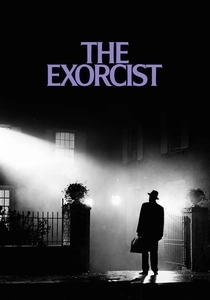
The Exorcist (1973)
Description: "The Exorcist" is renowned for its groundbreaking special effects, particularly the head-spinning scene, which was achieved through a combination of mechanical effects and makeup. The film's realistic portrayal of demonic possession set a new standard for horror.
Fact: The film's special effects were so convincing that many viewers believed the film was cursed, leading to numerous urban legends about its production.
 Watch Now
Watch Now 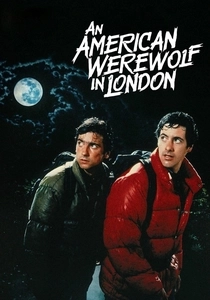
An American Werewolf in London (1981)
Description: This film is famous for its transformation scene, where the protagonist turns into a werewolf. The sequence, which took months to film, used a combination of animatronics, prosthetics, and stop-motion to create one of the most iconic transformations in cinema history.
Fact: The film won an Academy Award for Best Makeup, the first year the category was introduced.
 Watch Now
Watch Now 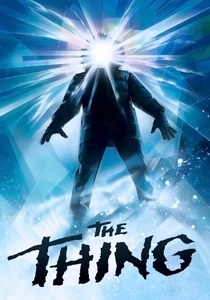
The Thing (1982)
Description: John Carpenter's "The Thing" is a masterclass in practical effects, showcasing grotesque transformations that still hold up today. The film's use of animatronics and puppetry to depict the alien's ability to assimilate and mimic its hosts is both horrifying and awe-inspiring.
Fact: The film was initially a box office disappointment but has since become a cult classic. The special effects were so innovative that they influenced many horror films that followed.
 Watch Now
Watch Now 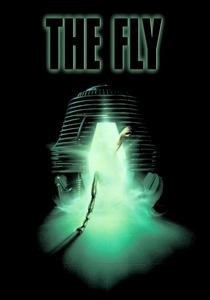
The Fly (1986)
Description: David Cronenberg's "The Fly" features some of the most disturbing body horror effects, showing the gradual transformation of a scientist into a grotesque hybrid creature. The film's special effects, particularly the "Brundlefly" makeup, are both repulsive and fascinating.
Fact: The film's makeup artist, Chris Walas, won an Oscar for Best Makeup for his work on this film.
 Watch Now
Watch Now 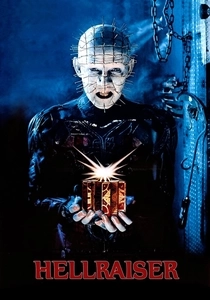
Hellraiser (1987)
Description: Clive Barker's "Hellraiser" introduced the world to the Cenobites, creatures with a penchant for extreme body modification. The film's practical effects, especially the creation of Pinhead, are both terrifying and intricate, showcasing the dark side of human imagination.
Fact: The film was originally conceived as a novel by Barker before he adapted it into a screenplay.
 Watch Now
Watch Now 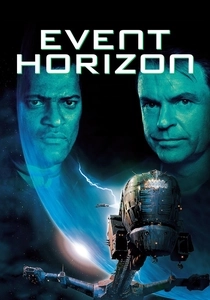
Event Horizon (1997)
Description: "Event Horizon" combines space horror with mind-bending visual effects, depicting a spaceship that has returned from a dimension of pure chaos. The film's use of practical effects for the ship's interior and CGI for the hellish visions is both disorienting and terrifying.
Fact: The film was initially panned by critics but has since gained a cult following for its ambitious visuals and dark themes.
 Watch Now
Watch Now 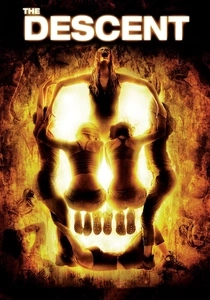
The Descent (2005)
Description: "The Descent" uses practical effects to create its subterranean creatures, known as Crawlers. The film's claustrophobic setting and the realistic portrayal of these creatures enhance the horror of being trapped underground.
Fact: The film has two different endings, with the UK version being more optimistic than the US release.
 Watch Now
Watch Now 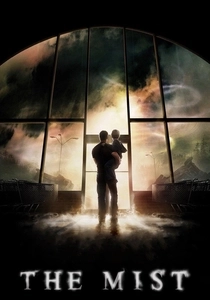
The Mist (2007)
Description: Based on Stephen King's novella, "The Mist" uses a mix of practical effects and CGI to bring to life an array of terrifying creatures that emerge from a mysterious fog. The film's visual effects team created a sense of dread and unpredictability with each new monster.
Fact: The film's ending was changed from the novella, creating one of the most shocking and debated conclusions in horror cinema.
 Watch Now
Watch Now 
The Cabin in the Woods (2012)
Description: While not solely reliant on special effects, "The Cabin in the Woods" uses them to great effect in its third act, revealing a facility where horror tropes are controlled. The film's blend of practical effects and CGI creates a unique meta-horror experience.
Fact: The film was co-written by Joss Whedon, who also wrote the screenplay for "Buffy the Vampire Slayer."
 Watch Now
Watch Now 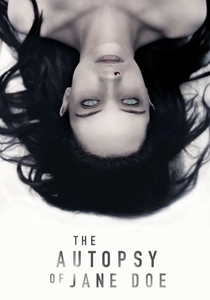
The Autopsy of Jane Doe (2016)
Description: This film uses subtle yet effective special effects to reveal the supernatural nature of its titular character. The gradual unveiling of Jane Doe's secrets through autopsy procedures is both chilling and visually captivating.
Fact: The film was shot in a real morgue, adding to the authenticity of the setting and the eerie atmosphere.
 Watch Now
Watch Now 








